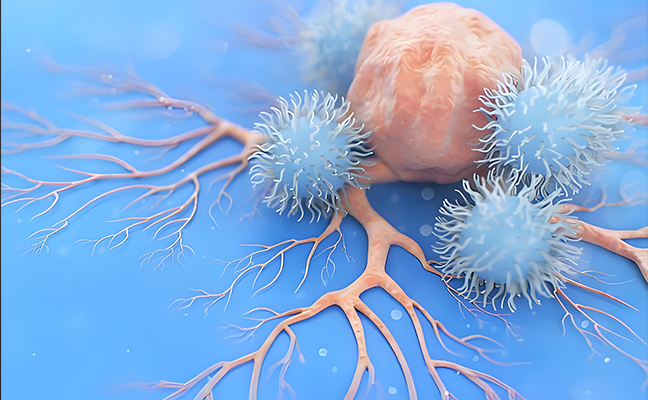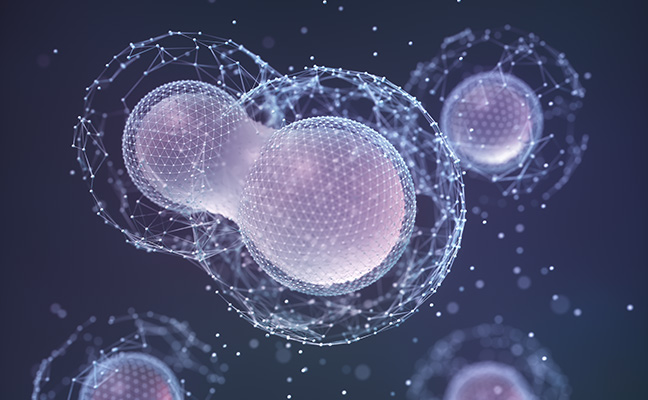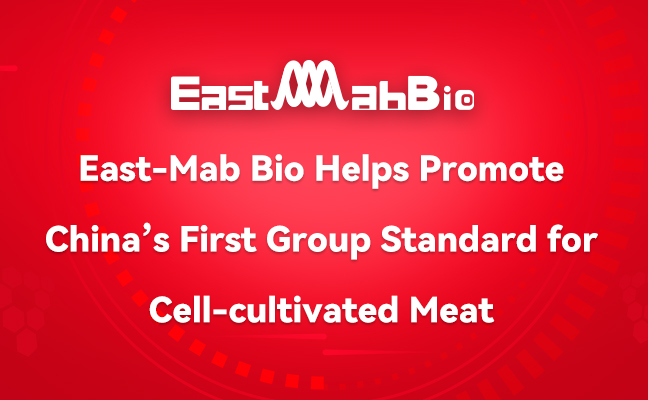Cell Culture Protein FAQ: From Product to Application
Product Formulation, Reconstitution, and Storage
Q: How should I choose between liquid and lyophilized forms of recombinant proteins?
A: Lyophilization is a commonly used method for protein preservation in biopharmaceuticals and scientific research. Lyophilized proteins typically offer excellent long-term stability and can be transported at room temperature for short periods. After reconstitution, the protein solution can be aliquoted to avoid repeated freeze-thaw cycles, which helps preserve protein activity. Additionally, the dry formulation reduces the risk of bacterial contamination.
However, lyophilization may also pose potential risks, such as alterations in protein structure and reduced activity after reconstitution. Therefore, the choice of format should be based on specific application needs. For short-term use or applications requiring high concentrations, liquid form is recommended. For long-term storage or long-distance transportation, lyophilized products are more suitable.
Q: What stabilizers are used in East-Mab Bio’s protein solutions, and what are their functions?
A: East-Mab Bio commonly uses stabilizers such as mannitol, trehalose, and Tween. For specific formulations, please refer to the product datasheet.
Mannitol serves primarily as a bulking agent to improve the mechanical strength and appearance of the final lyophile.
Trehalose, as a stabilizer, can prevent denaturation caused by dehydration.
Tween functions as a surfactant to reduce protein aggregation during the lyophilization process, thereby improving reconstitution efficiency.
Q: How should lyophilized recombinant proteins be reconstituted? Will special solvents interfere with cell-based experiments?
A: Reconstitution protocols are provided in product datasheet or the “Reconstitution” section on the website. Most proteins can be reconstituted with sterile water. In some cases, acidic conditions (e.g., dilute HCl) may be required to achieve full solubility and optimal activity. When the stock solution is diluted into working solution, a small amount of acid will not interfere with the experiment.
Q: What are the storage conditions for East-Mab Bio’s recombinant proteins?
A: Storage guidelines are outlined in the product datasheet or the “Storage & Stability” section on our website. In general:
Lyophilized proteins are stable for up to 3 years when stored below –20°C.
Reconstituted proteins are stable for approximately 6 months at –20°C. Avoid repeated freeze-thaw cycles by aliquoting reconstituted proteins for single use.
Product Bioactivity, Quality and Applications
Q: How to determine the appropriate dosage and optimal concentration for the experiments?
A: All East-Mab Bio recombinant proteins are validated through bioactivity assays. Detailed assay methods can be found in the product datasheet or the “Activity” section on the website. It’s important to note that activity testing methods vary by protein, and even for the same protein, application methods may differ across cell types. We recommend performing dose–response experiments to optimize the concentration. You may refer to relevant literature or our suggested concentration range as a starting point. Optimal concentrations can vary significantly depending on cell type and experimental goals (e.g., proliferation vs. differentiation).
Q: What does “Relative Biological Activity” mean on East-Mab Bio’s COA, and why might it differ from the activity data in the product datasheet?
A: The “Relative Biological Activity” shown on the COA reflects the release data obtained from East-Mab Bio’s internal testing. It represents the product’s bioactivity relative to an internal reference standard. This value falls within a defined specification range, ensuring batch-to-batch consistency. The assay methods used for COA are consistent with those described in the product datasheet and on our website.
Q: Are recombinant proteins expressed in CHO cells truly “animal-origin-free”?
A: Yes. East-Mab Bio’s products are produced using serum-free, animal-origin-free (AOF) culture systems. “Animal-origin-free” means that no materials or supplements derived from animals are used at any stage of the production process. This approach eliminates the risk of contamination from animal-derived pathogens, such as viruses or prions. CHO cells themselves do not pose a risk of human pathogens or TSE/BSE. We can provide an official Animal-Origin-Free Statement for regulatory or quality assurance purposes upon request.
Q: Does endotoxin level affect the outcome of cell-based experiments?
A: Absolutely. Elevated endotoxin levels can activate non-specific immune responses, potentially skewing experimental results, especially in sensitive systems like stem cells or immune cells. East-Mab Bio recommends using low-endotoxin proteins (≤10 EU/mg) to ensure high experimental fidelity.
Q: Can human recombinant proteins be used in mouse cell experiments?
A: Cross-species reactivity is not guaranteed. Some human proteins may not be effective in mouse models due to species-specific differences. Please refer to our product datasheets for any available cross-reactivity data or perform sequence alignment to evaluate compatibility.
Q: Can East-Mab Bio products be used for in vivo experiments?
A: No. East-Mab Bio's recombinant proteins are designed for in vitro research and cell culture applications only. They are not intended for direct injection or in vivo use.






